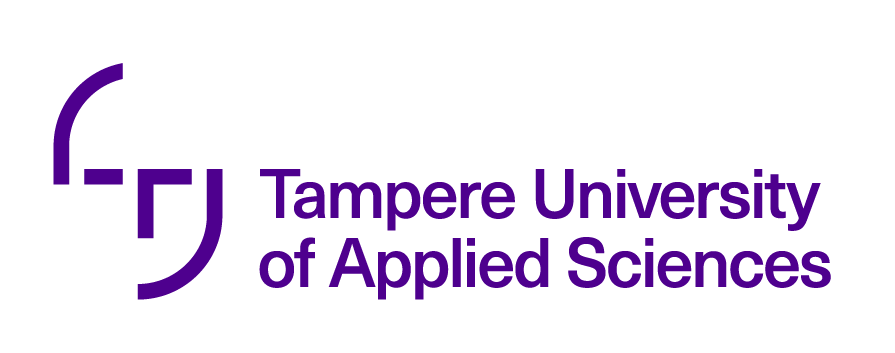Programmable Logics 1Laajuus (3 cr)
Code: 5S00GU57
Credits
3 op
Objectives
The student knows:
Number systems and their representations
Principles of truth tables
Basic gates and flip-flops in combinational logic
Basic structures and principles of programmable logic
Programming methods for programmable logic (IEC-61131-3)
Principles of memory and its usage in logic
Programming of logical instructions, flip flop circuit, timer, counter, and similar components
Byte and word processing in logic
Principle of sequence control
Documentation and operational descriptions of logic programs
Basic operations of some PLC and it’s programming
Content
Number systems, Boolean algebra, Basic logic gates. Structures of programmable logics and operating principle, I/O table and memory usage, Documentation. Practical exercises involving the creation of programming projects. Creating programs that utilize logical operations, flip-flops, timers, counters, and similar basic instructions. Similarly, programs are made for byte and word processing, including comparisons and arithmetic operations, as well as sequential logic. The exercises include testing the created programs with a simulator and real logic, program editing, debugging, and troubleshooting.
Assessment criteria, satisfactory (1-2)
The student understands the representations of digital numbers, concepts of bits, bytes, and words, as well as the differences between binary, decimal, and hexadecimal numbers. The student is proficient in the structure of programmable logic, memory usage, its connection to hardware, and the basic operation of programming software. They can program simple logic programs satisfactorily using basic gates, flip-flops, timers, and counters, and test their programs with a simulator and logic.
Assessment criteria, good (3-4)
In addition, the student is fluent in programming logic using multiple different (standard) methods. Student can solve diverse tasks that require word processing using logic programming.
Assessment criteria, excellent (5)
In addition, the student can program sequential programs. The programs created by the student are clear, well-commented, and error-free. The student demonstrates independent proficiency in logic programming and the use of new instructions in programming. They understand various programming paradigms and programming methods.
